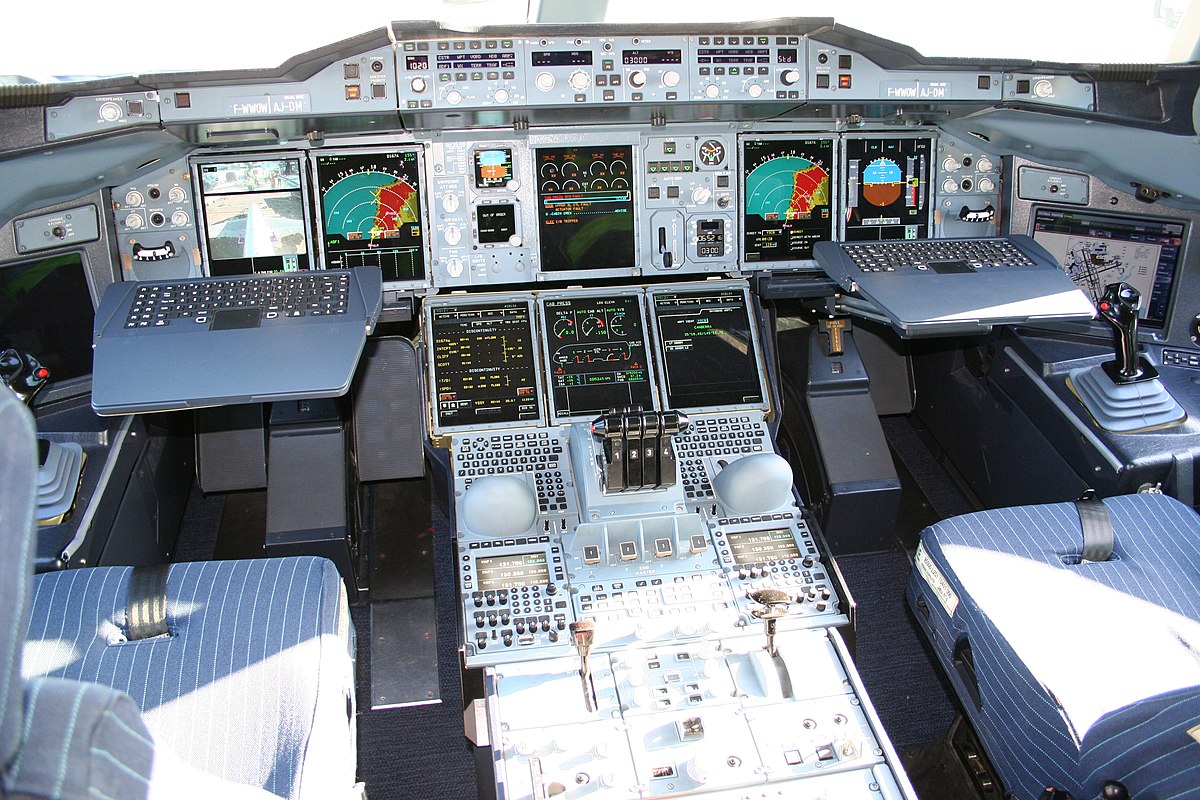This is an interesting picture of an A380 cockpit. I was looking around for things that are familiar.

Soooooooooooooo, do pilots now have to learn keyboarding? Is it a QWERTY keyboard? How soon do they transition to touchscreen where they just move images, which is more accessible to the bigger part of baby boomer and older workers?

Soooooooooooooo, do pilots now have to learn keyboarding? Is it a QWERTY keyboard? How soon do they transition to touchscreen where they just move images, which is more accessible to the bigger part of baby boomer and older workers?

Comment